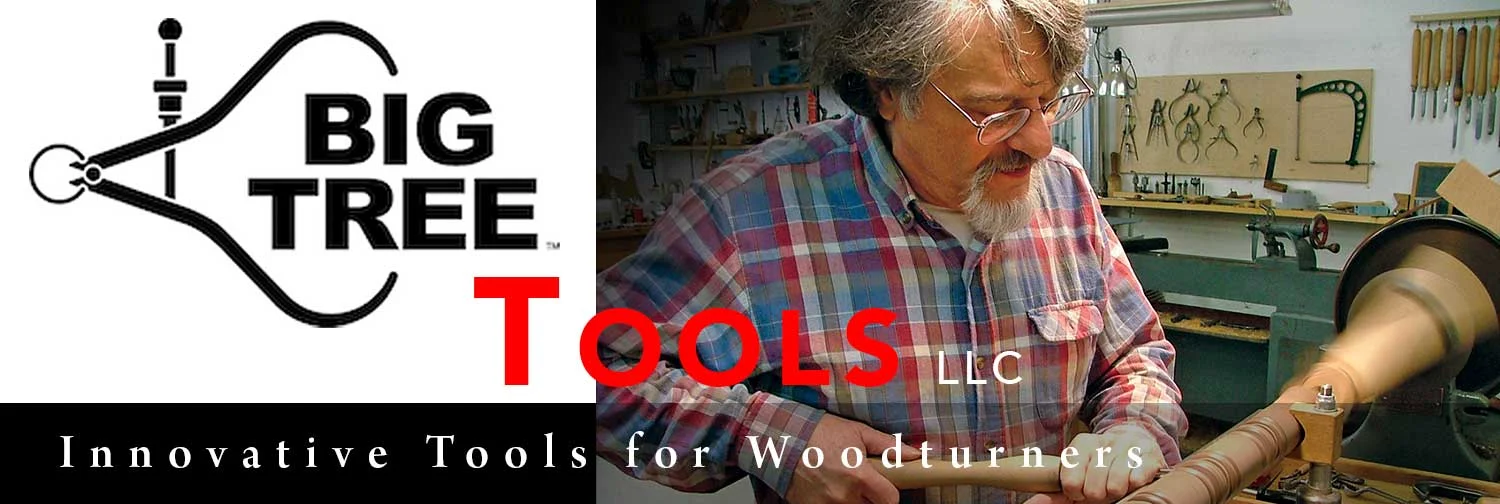A Brief History of Lathe Centers for Woodturning
This article describes how improvements to lathe centers have been critical to the evolution of wood lathes throughout history. Starting with a short history of lathes, it covers dead centers, cup centers, spur centers, revolving tailstock centers, etc.




















